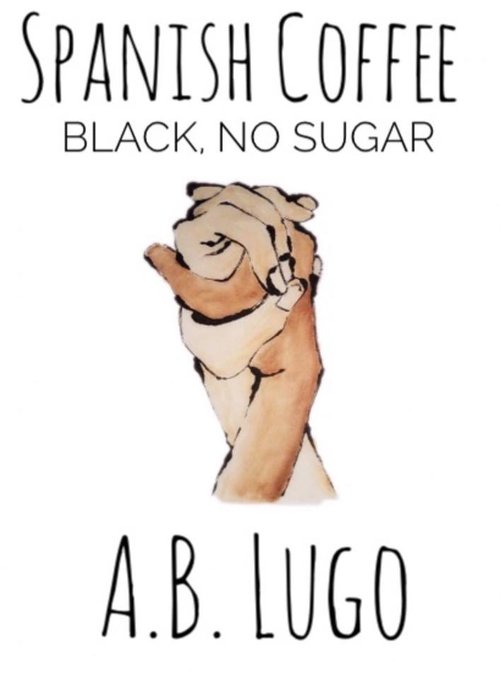by: Tom Mandel
Header art, entitled “Guilty Feet Have Got no Rhythm,” by: Jim Flahaven
Instructions for reading these poems by Tom Mandel might go something like this: in them is everything and everything’s opposite, suspended amber-like in quantum superposition until reading collapses the wave function, at least for a moment. Reread to reset, and enter a parallel universe where the poem is like and essentially unlike the first time you read it. Then repeat.

What Matter Does Doesn’t
On-off-on the sensor array
touches palm to palm
while time looks away
There’s nothing new to see
there’s no one left, but we
Who dance here hand to hand
must turn the other cheek
To cheek as face to face
we live on day to day
Bitter Delicious
Nouns display yearning
fire best seen in the sun
verb moves the real
car you love – you spend
lit up new each morning
to stay in place, then take off
at the same time polishing
put out again each night
until finally turning to a subject
not left from the day before
to read ‘I was absent that day’
old man, are you proud of years
that science altered, belief itself
put asunder in grammar
though difficult to locate
the page she recalls
we soon learn again
who do not cease expecting tomorrow
it, oil always on our hands
what categories bring it near
to see an arc again above her a thought of her death now long
dirt suspended in it
whom I liked so well despite
is to know those years are gone
in Corvus where Anselm cribs
like false quotes of the Buddha
leave no residue on its wheel
if not for one he said she was
on refrigerator magnets
we too are born as new
with gloves on when we drive
she would have you think
again tomorrow – or so we hope
…what’s left began today”
all over the Internet, no one
that the sun really circles us
Palladas, “each morning we are…
who she was as writing made her
care what persons made them up
for what was? What might have been?
to bury itself in the horizon
then standing back admire the work
of a meditation teacher. His name is Jack
…remains…
appear – & was! Truly!
Kornfield (& psychotherapist) his
will not return tomorrow
constant, avid motion, sexual
bon mots imagined from the Buddha’s mouth
adventurer also appeared as child
…born again / of yesterday nothing…
– how useless the remark! – what to do with
night left as if to test one’s patience
“we do today what matters most”
jump in the car; drive our course
fervent for whatever cannot return
time was invented to track the sun
Despite What They Say
There’s not much time in this universe
Mostly it’s space
We don’t move endlessly along a narrow corridor
But have our moment in this light-filled vast explosive place
I remember what I once read
That William Burroughs said
As he left for the hospital about to die
“I’ll be back in a minute, don’t go anywhere.”
Poet Tom Mandel is the author or co-author of more than 20 books, including To the Cognoscenti (2007), and The Grand Piano, an experiment in collaborative autobiography. His work has appeared in newspapers, magazines and anthologies around the world, including Best American Poetry, 49+1: Poètes Americain, The Norton Anthology of Post-Modern Verse (First Edition), and In the American Tree. Tom grew up in Chicago and was educated in its jazz and blues clubs and at the University of Chicago. He’s lived in New York, Paris, San Francisco and Washington DC, and now resides in a village on the Atlantic coast. More about Tom at tommandel.com and on Wikipedia.
Artist Jim Flahaven is originally from the Midwest; far off places like South Dakota and Kansas. He has been drawing and painting for over 25 years. He received his BFA in Painting and Drawing from the University of North Texas, and his MFA in Painting and Drawing from Ohio State. In 2000 he moved to Maine to work and live closer to the ocean. There he teaches drawing, painting and color theory at the University of Southern Maine. His most recent body of work is inspired by a number of mid to late century abstractionists (early DeKooning, Richard Diebenkorn, Terence Lanoue). His work has been described as “lurking, rather than hanging on the wall.” There is a sense of divine transition or awkwardness that he tries to distill in his paintings and one can find in this work a metaphor for the condition of modern life, with its accelerated pace, constant change, and the notion of competing ideas or ideologies grinding against one another. His work can be seen at jimflahaven.com.





